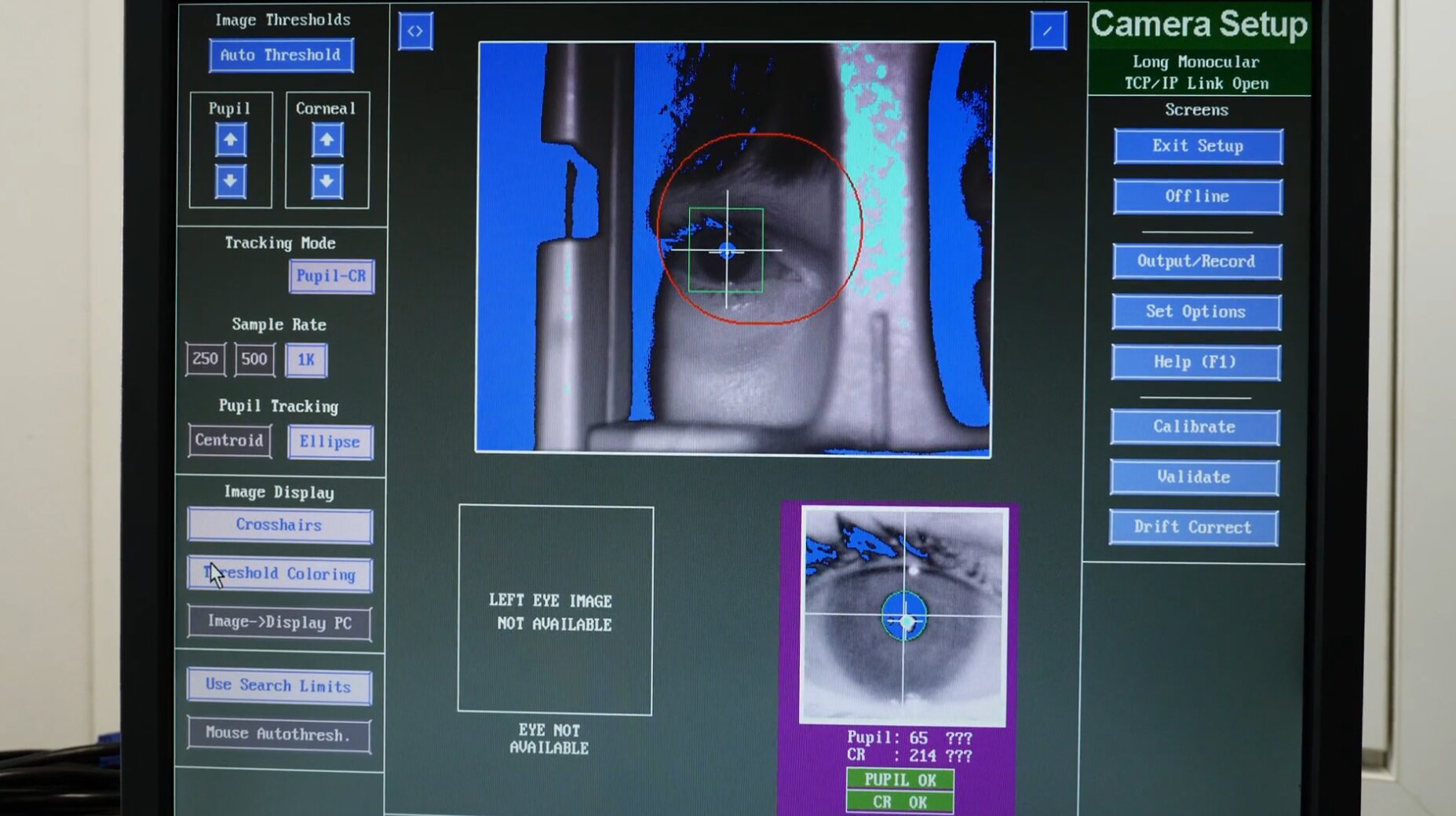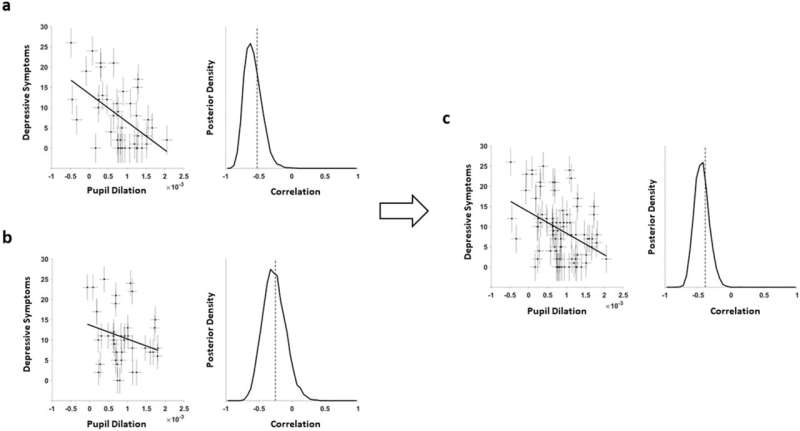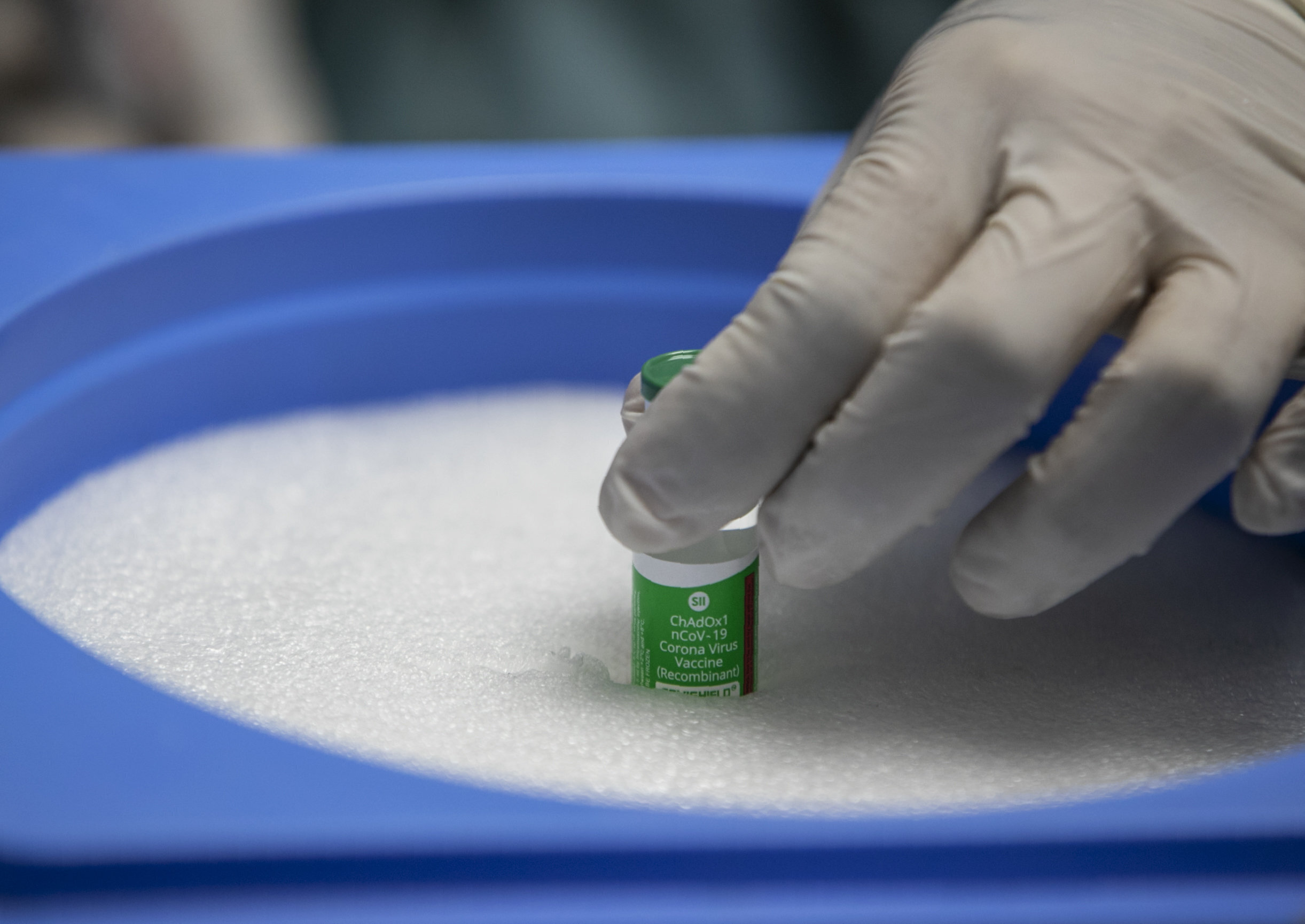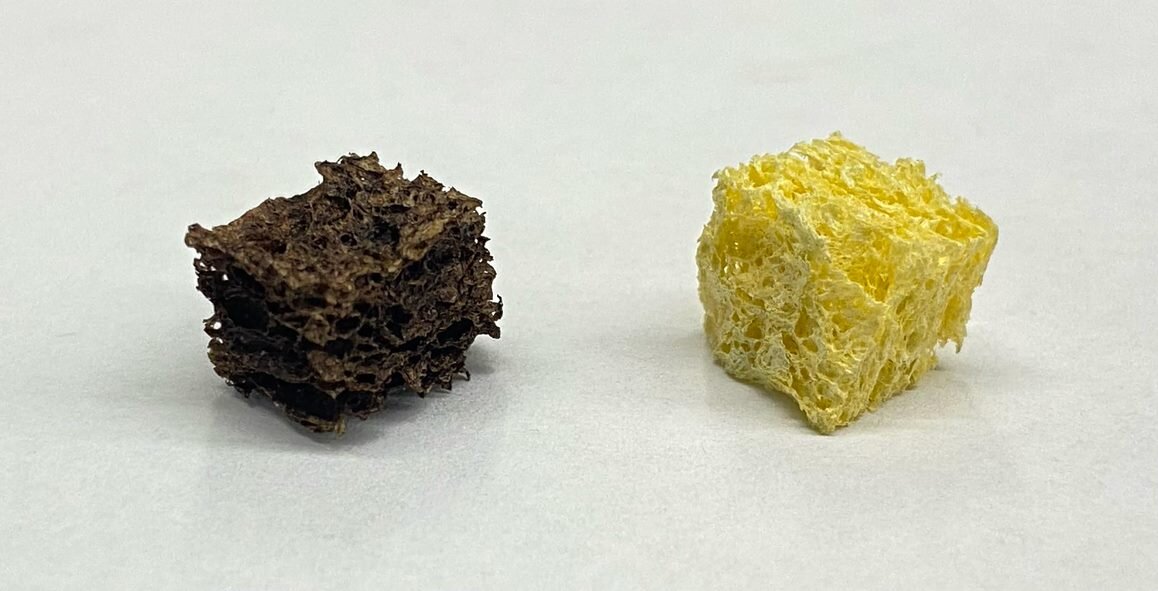#Study provides insights into depression via ophthalmology


Scientists from the Max Planck Institute of Psychiatry measured the pupillary reaction of participants while they were solving a task. In healthy participants, the pupils dilated during the task in anticipation of a reward, but this reaction was less pronounced in participants with depression.
“The reduced pupil reaction was particularly noticeable in patients who could no longer feel pleasure and reported a loss of energy,” says Andy Brendler, first author of the study. This feeling of listlessness is one of the most common symptoms of depression.
“This finding helps us to understand the physiological mechanisms behind listlessness better,” explains research group leader Victor Spoormaker. Among other things, the pupillary reaction is a marker for activity in the locus coeruleus, the brain structure with the highest concentration of noradrenergic neurons in the central nervous system.
Noradrenergic neurons react to the neurotransmitter norepinephrine, an essential component in the stress response and the upregulation of arousal, in other words, the activation of the nervous system. “The reduced pupillary response in patients with more listlessness indicates that the lack of activation of the locus coeruleus is an important physiological process that underlies the feeling of listlessness,” says Spoormaker.

The study also found the pupil response to be weaker the more depressive symptoms participants had. This replicates the findings of a previous study by the same research group. The replicability of neuropsychiatric methods is more the exception than the rule and demonstrates the reliability of pupillometry as a method.
Pupillometry could be used as a supplementary method for diagnosis. It could also contribute to the development of individualized treatment strategies for depression. For example, if a patient shows a significantly reduced pupil response, antidepressants that act on the noradrenergic system could be more effective than other medications. The medication dosage could also be optimized based on the pupil’s reaction.
Considering that an estimated 30% of depressive patients do not improve using the currently available medications, understanding the physiological mechanisms behind depression and fine-tuning diagnosis and treatment accordingly is urgently required.
The paper is published in the journal Scientific Reports.
Andy Brendler et al, Assessing hypo-arousal during reward anticipation with pupillometry in patients with major depressive disorder: replication and correlations with anhedonia, Scientific Reports (2024). DOI: 10.1038/s41598-023-48792-0
Citation:
Study provides insights into depression via ophthalmology (2024, January 12)
retrieved 12 January 2024
from https://medicalxpress.com/news/2024-01-insights-depression-ophthalmology.html
This document is subject to copyright. Apart from any fair dealing for the purpose of private study or research, no
part may be reproduced without the written permission. The content is provided for information purposes only.
If you liked the article, do not forget to share it with your friends. Follow us on Google News too, click on the star and choose us from your favorites.
If you want to read more Like this articles, you can visit our Science category.




